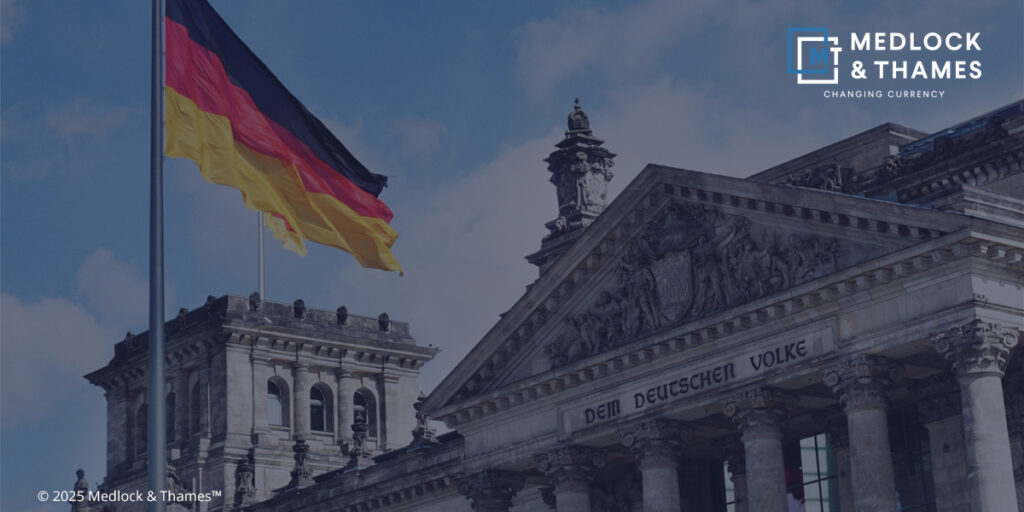German Producer Prices Cool in January
Thursday 20th February 2025 – 09:30 (GMT)
Germany’s producer prices rose by 0.5% year-on-year in January 2025, moderating from December’s 18-month peak of 0.8% and falling short of market expectations of 1.3%. While the latest figures suggest some easing in cost pressures they also mark the third consecutive month of producer price inflation, underscoring a continued shift in pricing dynamics across Europe’s largest economy.
Much of the increase was driven by higher prices for consumer goods, with non-durable items rising 3.0% and durable goods climbing 1.1%. Capital goods, a key indicator of industrial investment, also saw a 1.9% uptick, with machinery and motor vehicles posting notable gains. However, intermediate goods prices edged lower by 0.1%, reflecting softer demand for industrial inputs.
Energy costs, a key component of inflationary trends, continued their downward trajectory, falling by 1.0%. This decline was largely due to lower electricity (-1.8%) and natural gas (-1.9%) prices, offsetting a modest 0.7% rise in mineral oil products. Stripping out the volatile energy component, producer prices rose 1.2%.
On a monthly basis, the producer price index (PPI) dipped by 0.1%, mirroring December’s decline and missing expectations of a 0.6% increase. The subdued reading follows a challenging 2024, in which factory-gate prices contracted by 1.8% after posting a modest 0.2% increase in 2023.
For the euro, the weaker-than-expected producer price data adds to speculation that inflationary pressures within the bloc may be softening, potentially reinforcing expectations that the European Central Bank could pivot towards rate cuts later in the year. A sustained easing of price pressures in Germany, often seen as a bellwether for broader eurozone trends, could weigh on the single currency – particularly if markets interpret the data as a sign that inflation risks are abating faster than previously thought.

